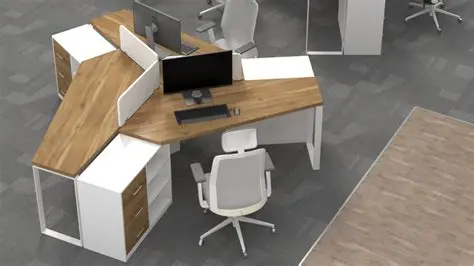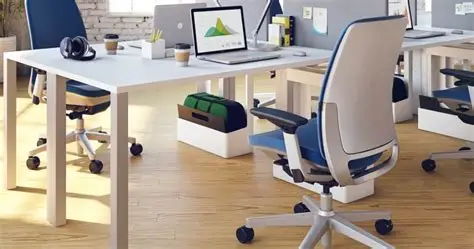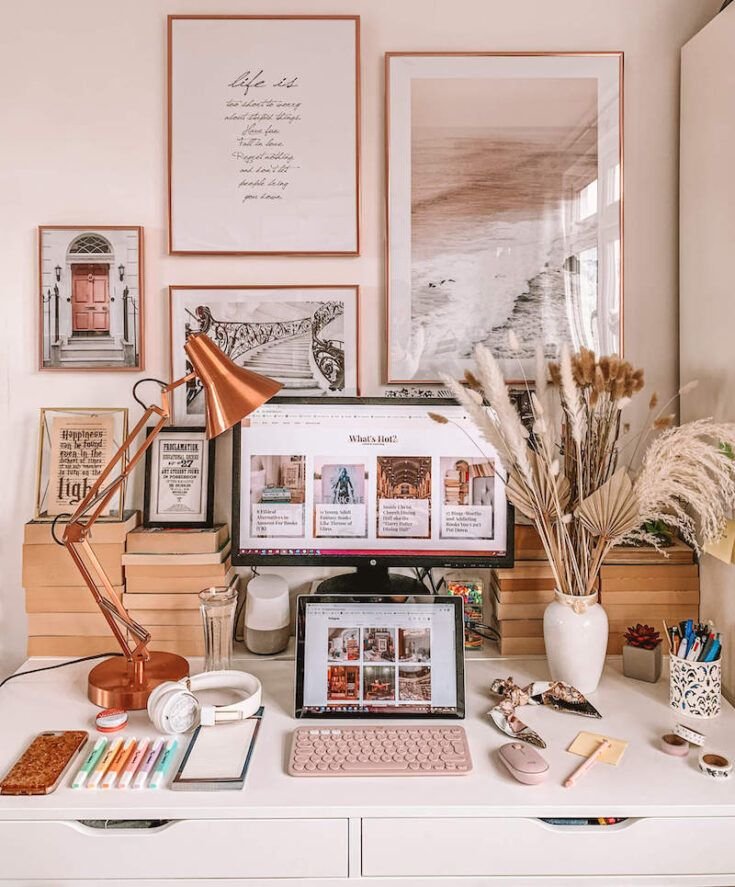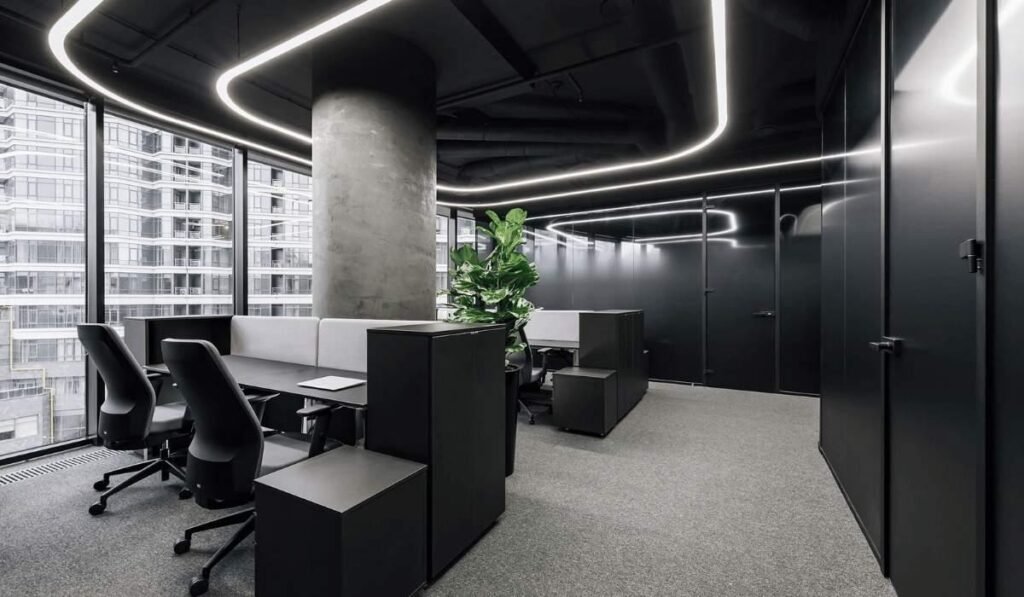
How Office Furniture Impacts Productivity
In today’s fast-paced work environments, creating an office space that promotes productivity is more important than ever. Office furniture plays a crucial role in shaping not just the aesthetics of a workspace but also its functionality and overall work atmosphere. Whether it’s a comfortable ergonomic chair, a spacious desk, or well-organized storage solutions, the right office furniture can significantly influence employee performance, well-being, and focus.
In this article, we’ll explore the connection between office furniture and productivity. From ergonomic designs to proper layout arrangements, discover how office furniture can enhance workplace efficiency and create a positive impact on the workday.
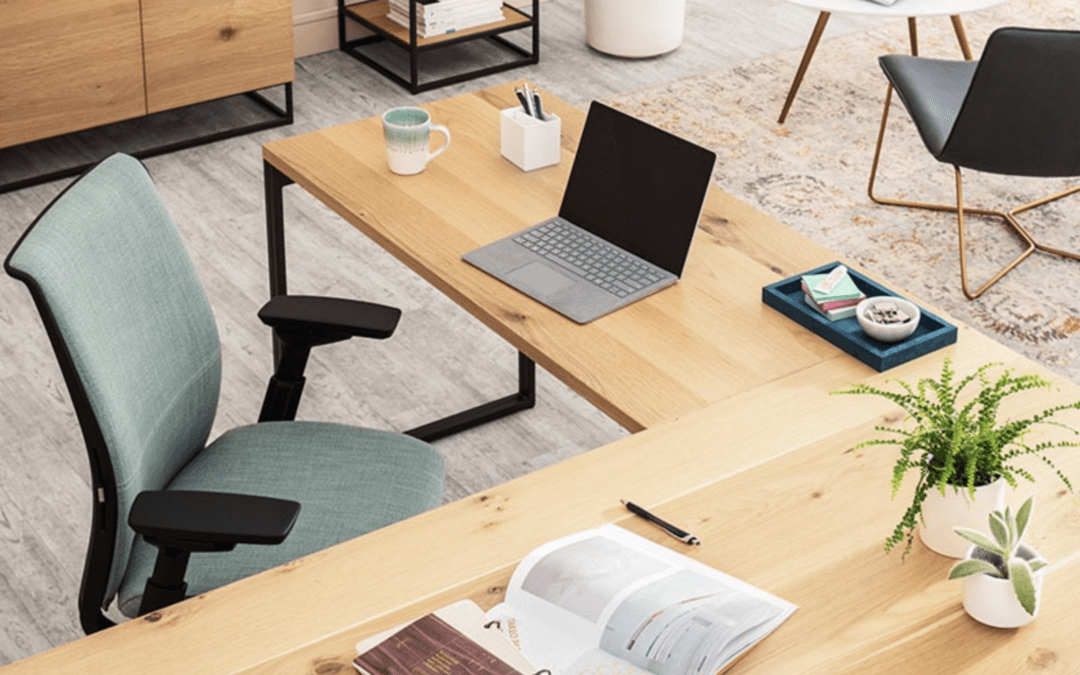
The Link Between Comfort and Productivity
The relationship between comfort and productivity is well-documented. Employees who work in comfortable, well-designed environments tend to have higher levels of engagement, better focus, and reduced stress. When employees are physically comfortable, they are less likely to experience discomfort or pain that can distract them from their tasks.
1. Ergonomics Matter
One of the most important factors in office furniture design is ergonomics. An ergonomic chair, for instance, supports proper posture, reduces back pain, and minimizes the risk of repetitive stress injuries. When employees feel comfortable and supported, they can focus on their work instead of discomfort or physical strain.
-
Example: A chair with adjustable lumbar support, seat height, and armrests allows employees to customize their seating position, helping them avoid slouching or straining their bodies over long periods of time.
-
Tip: Choose desks that can accommodate ergonomic chairs comfortably. Ensure there is enough space for leg movement and the desk is at an appropriate height to avoid strain.
2. Reducing Distractions
Discomfort can create distractions. If an employee is constantly adjusting their chair, shifting in discomfort, or trying to find the right position at their desk, their focus shifts away from work. High-quality office furniture eliminates these distractions by providing comfort and stability.
-
Example: A chair with proper cushioning and a supportive backrest will help employees sit for longer periods without feeling the need to shift positions.
-
Tip: Regularly assess furniture for wear and tear to ensure it continues to meet ergonomic standards and doesn’t cause discomfort over time.
Functional Office Furniture Boosts Efficiency
Office furniture isn’t just about comfort; it’s also about creating a space that supports workflow and efficiency. When furniture is designed to maximize space and reduce clutter, it allows employees to work more effectively.
1. Desks with Ample Workspace
A desk with enough surface area can drastically improve productivity. Employees need space to spread out papers, use their computers, and organize their tools. Overcrowded, cramped desks can make employees feel overwhelmed and less organized, decreasing their ability to focus.
-
Example: A spacious desk with multiple drawers and compartments can help employees keep their workspace organized, allowing them to quickly access materials and stay on task.
-
Tip: Invest in adjustable desks, such as standing desks, which offer flexibility and can help reduce fatigue associated with sitting for long periods.
2. Smart Storage Solutions
Having sufficient storage is crucial in maintaining an organized workspace. Clutter can cause stress and make it harder to find important documents, leading to wasted time. Desks with built-in storage or separate filing cabinets keep materials organized, reducing the mental load and making it easier to focus.
-
Example: A filing cabinet or drawer unit with divided sections helps employees keep paperwork and office supplies neatly stored, reducing the chances of misplaced documents.
-
Tip: Choose modular furniture that can be reconfigured based on the evolving needs of your office space.
Impact of Layout and Space Design on Productivity
The way office furniture is arranged within a workspace can significantly affect workflow and communication. A well-thought-out layout fosters collaboration, minimizes distractions, and enhances employee well-being.
1. Open vs. Private Spaces
While open office layouts encourage collaboration and transparency, private or semi-private spaces are essential for focused work and deep concentration. The right mix of open areas and private zones can improve both individual and team productivity.
-
Example: Incorporating cubicles or dedicated quiet zones in open-plan offices allows employees to retreat for focused tasks without distractions.
-
Tip: Use modular office furniture that can be reconfigured to suit team dynamics and the need for personal space.
2. Collaborative Furniture for Teamwork
In team-based environments, having flexible and collaborative furniture can enhance group dynamics. Large meeting tables, comfortable chairs for brainstorming sessions, and mobile whiteboards can promote better teamwork and idea-sharing.
-
Example: Adjustable height tables and movable chairs that encourage group participation and allow employees to collaborate comfortably.
-
Tip: Consider incorporating movable partitions that can transform a space from a meeting area to a personal workspace as needed.
The Aesthetic Value of Office Furniture
The look and feel of office furniture can influence employee mood and productivity. When employees enjoy the space they work in, they tend to feel more motivated and engaged.
1. Psychological Impact of Design
Colors, materials, and the overall design of office furniture can have a psychological impact on employees. Bright, cheerful colors can energize and uplift, while muted tones promote calmness and focus. High-quality, aesthetically pleasing furniture can also make employees feel valued and boost morale.
-
Example: Light-colored wood furniture can create an airy, welcoming atmosphere, while darker hues like mahogany exude professionalism and sophistication.
-
Tip: Choose furniture designs that reflect your company’s brand and culture to reinforce a sense of pride and identity within the office space.
2. Incorporating Nature into the Office
Biophilic design, which incorporates natural elements into office spaces, is becoming increasingly popular. Adding natural materials like wood, stone, and plants into your office furniture can create a more inviting and comfortable environment that enhances productivity.
-
Example: A desk made from reclaimed wood paired with a few potted plants can bring a touch of nature to the office and improve air quality.
-
Tip: Place plants near desks to create a calming effect and reduce stress levels, which can, in turn, enhance productivity.
Conclusion
The right office furniture can significantly influence productivity by improving comfort, functionality, and the overall work environment. When employees have access to ergonomic chairs, spacious desks, and effective storage solutions, they’re better able to focus, collaborate, and maintain efficiency throughout the day. Furthermore, well-designed office spaces with the right balance of open and private areas, as well as aesthetically pleasing furniture, can help employees feel valued and motivated. By investing in quality office furniture, businesses can foster a more productive, healthy, and positive work environment that supports the well-being and success of their employees.

